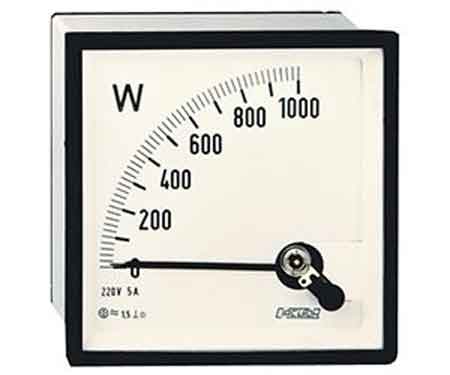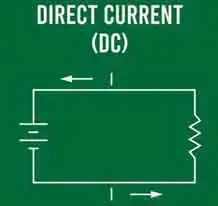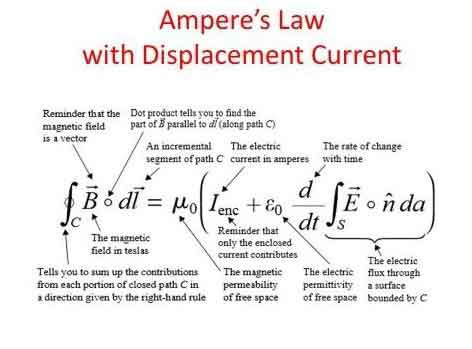Ohm's Law Formula
The Ohm's Law formula is a cornerstone of electrical engineering, serving as a basis for analyzing and designing electric circuits. Its applications range from determining the appropriate values of electrical components to predicting the behaviour of complex systems. By exploring the relationship between voltage, current, and resistance and their connections with other fundamental laws in electromagnetism, we can gain a deeper understanding of the principles that govern the flow of electricity and its conversion into other forms of energy.
Ohm's Law states that the relationship between voltage, current, and resistance. This law, named after its discoverer Georg Simon Ohm, has wide-ranging applications in various fields, from the design of simple electrical circuits to complex electronic systems.
Ohm's Law, denoted as V=IR, dictates that the voltage (V) across a conductor between two points is directly proportional to the current (I) flowing through it, as long as the resistance (R) of the material remains constant. This equation lays the foundation for understanding electric circuits, and its relevance extends to both alternating current (AC) and direct current (DC) systems.
Let's consider a simple scenario to implement Ohm's Law. In an electrical circuit, a battery supplies voltage (also called electric potential or electromotive force), which causes electrons to flow, generating an electric current. The flow of these electrons encounters resistance due to the physical properties of the materials used in the circuit. The higher the resistance, the more the material opposes the flow of electrons, leading to a decrease in the electric current.
A practical application of Ohm's Law calculator can be found in determining a resistor's suitable value for a circuit. Using the formula V=IR, you can calculate the required resistance by rearranging the equation as R=V/I, where you substitute the known voltage and current values to find the unknown resistance.
When it comes to units, voltage is measured in volts (V), current in amperes (A), and resistance in ohms (Ω). It is essential to be mindful of these units when working with electrical components, as they determine the overall performance and safety of the system.
While Ohm's Law plays a critical role in understanding electric circuits, it is also interconnected with the concept of conductivity. Conductivity, a measure of a material's ability to conduct electrical energy, is the reciprocal of resistance. The more conductive a material is, the less resistance it exhibits, and vice versa. Conductivity helps engineers and designers select the right materials for specific applications, ensuring the efficiency and reliability of electrical systems.
However, Ohm's Law has its limitations. In real-world scenarios, resistance may not remain constant for all materials and under all conditions. Factors such as temperature, pressure, and the material's non-linear behaviour can cause deviations from the ideal behaviour predicted by Ohm's Law. As a result, this law is considered an ideal approximation for most practical purposes but may not be universally applicable.
Ohm's Law is also related to other fundamental laws in electromagnetism, such as Faraday's, Lenz's, and Biot-Savart's law. Faraday's Law describes the induction of voltage in a conductor moving through a magnetic field, while Lenz's Law explains the direction of the induced current due to this magnetic field. The Biot-Savart Law, on the other hand, calculates the magnetic field generated by an electric current. Understanding these laws is vital for grasping more complex concepts and phenomena in electromagnetism and their practical applications.
How to use Ohm's Law Equation
Let's consider an example of how to use Ohm's Law in a practical situation.
Suppose you have a 12-volt (V) battery connected to a simple electrical circuit with a single resistor. The current flowing through the resistor is measured to be 2 amperes (A). You can use Ohm's Law to calculate the resistance of the resistor in the circuit.
Recall the Ohm's Law formula: V = IR, where V is voltage, I is current, and R is resistance.
In this example, we know the voltage (V = 12 V) and the current (I = 2 A), and we want to find the resistance (R).
Rearrange the formula to solve for resistance: R = V / I
Now, substitute the known values into the formula:
R = 12 V / 2 A
R = 6 ohms (Ω)
So, the resistance of the resistor in this circuit is 6 ohms. By using Ohm's Law, you can determine unknown values in a circuit, such as resistance, as long as you have the other two known values (voltage and current).
On-Site Training
Interested in cost effective, professional on-site electrical training?
We can present an Electrical Training Course to your electrical engineering and maintenance staff, on your premises, tailored to your specific equipment and requirements. Click on the link below to request a Free quotation.









